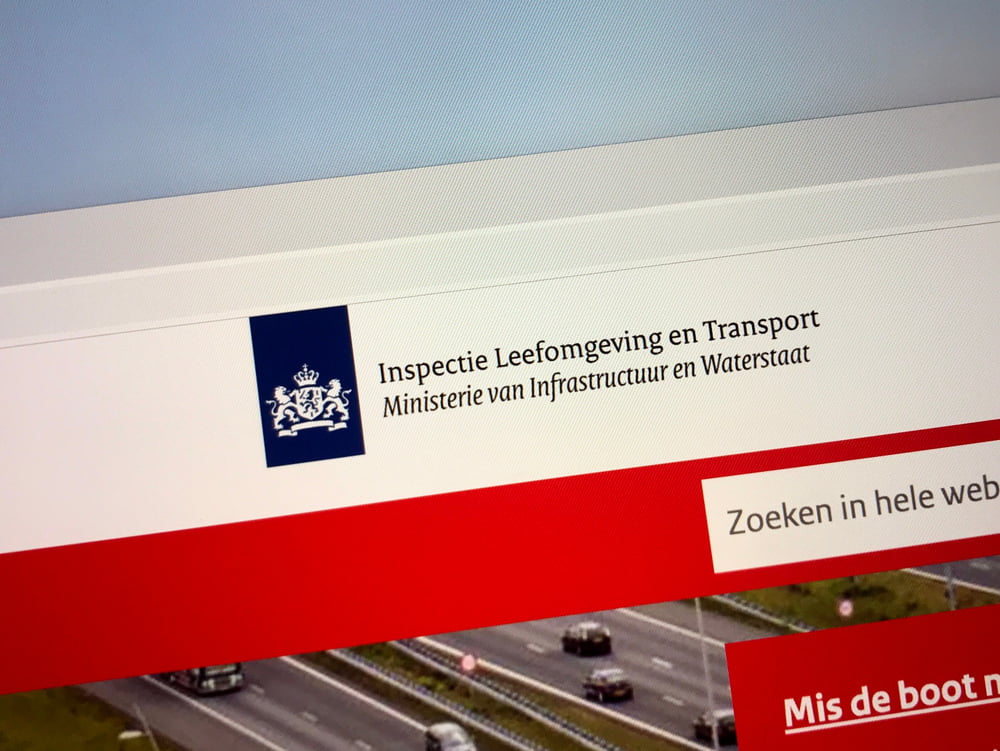Mainport Rotterdam is the largest industrial complex in the Netherlands and is of great social and economic significance. With the publication of the State of Mainport Rotterdam 2021, the Human Environment and Transport Inspectorate (ILT) is mapping information about risks and emissions together for the first time. This creates a better picture of safety in the region and the impact that all activities have on the living environment and the environment. Recently, Minister Van Nieuwenhuizen of the Ministry of Infrastructure and Water Management sent this new ILT report to the House of Representatives.
Prelude to further cooperation
In the State of Mainport Rotterdam, the ILT provides actual images of the period 2017-2019 in the Mainport and its supply and driving routes in the field of safety and the environment. The State zooms in on 3 main subjects: logistical safety, external safety and air quality. In most cases, the main port remains within the set standards, but that does not mean that incidents or accidents do not occur. The State shows that many parties are involved in the supervision, but that the overall picture was missing. The sum of the data provides a better and cohesive picture of risks.
“Hopefully it is a prelude to further cooperation and strengthening of the chain. I therefore invite all parties to develop the State further in the coming years. This will give an even better picture of the safety and sustainability of the main port of Rotterdam. An ambitious goal for which this State wants to be the starting point. ”
Inspector General Jan van den Bos
Logistical safety
About 115 shipping accidents occur every year during transport in the main port by sea and inland vessels. For 'nautical safety', the Harbor Master developed a method to indicate safety in a figure. In this way, it can be assessed, among other things, with the parties involved whether the safety level meets the agreements, goals and ambitions that have been made. And where concrete points for improvement are needed. No such agreements have been made for transport by rail and road. The ILT recommends that a comparable method be developed for rail and road transport as well.
External security
The quantities of hazardous substances transported annually by road, water and rail remain within the established limit values. These limit values are there to prevent incidents with these substances from creating an unacceptable safety risk for the environment. In recent years, an average of 26 accidents involving dangerous goods in bulk occurred in the main port during the transport of dangerous goods. In practice, various parties are involved in the supervision of the storage and transport of hazardous substances. Where supervision is transferred from one competent authority to another, there is a risk that the government's view and control over the risks becomes blurred. And white spots appear in supervision. A more strategically and operationally coordinated chain approach in supervision and the exchange of information seems desirable.
Emissions
Half of the national emissions of sulfur by companies take place in the main port. The refineries are responsible for the largest part of this. In addition, the emissions from seagoing and inland vessels. Mainport Rotterdam meets the air quality standards for nitrogen dioxide (NO₂). For particulate matter, the main port meets the Dutch legal standards, but not the recommended values of the World Health Organization (WHO).
About the State of Mainport Rotterdam
The ILT sees the State of mainport Rotterdam as a growth model. This first edition has been drawn up on the basis of the currently available information and partly uses data and information from the other regulators in the mainport. The ambition for the future is for the State to contain even more data from fellow regulators, such as about noise, water quality and (cyber) security. This creates a more complete picture, according to the Human Environment and Transport Inspectorate.
Also read: Taxi apps also provide extra security for the customer


